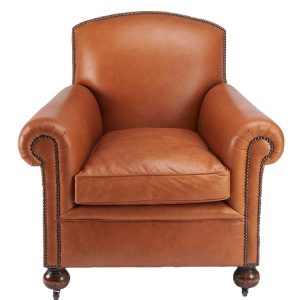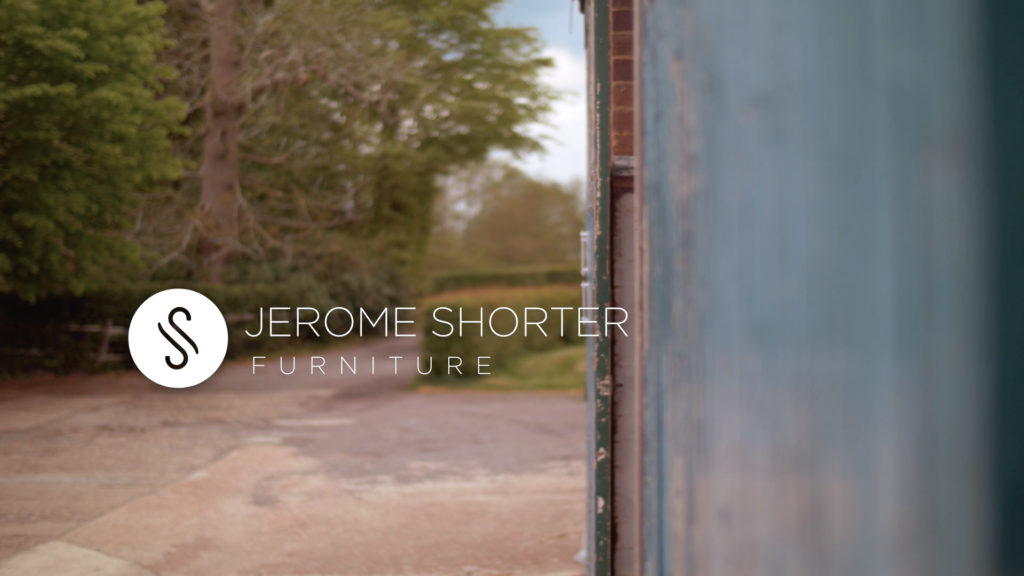The craft of upholstery dates back to the Renaissance and some would say beyond. No one is sure who was the first to come up with the idea of adding decorative cushioning to the punishingly spartan chairs that prevailed until then, but we all owe that person a debt of gratitude.
Today’s upholstery is directly descended from the efforts of those renaissance craftsmen but that is not to say it’s the same. There are some significant differences between contemporary and traditional upholstery that include the number of layers, the materials used, as well as the tools employed to perform the work.
Layering
Traditional upholstery consists of 7 layers that must be built from the bottom up in a specific order. Those layers are:
1: The base
Also called “the webbing” this is the bottommost layer attached directly to the frame of the chair. Herringbone webbing is the traditional material used to create this layer, and is known for its strength and durability.
2: Coil Springs
The end coil on a coil spring is tied into the webbing it sits on at four points using a strong barbour twine. This base creates the seat platform upon which further layers of stuffing are built up.
3: Tarpaulin Hessian
A strong hessian is placed over the top of the springs, which are then tied into the hessian. Hessian is an environmentally friendly material and consists of double or triple interlacing threads.
4: Loose hair
Horse hair is tied into the Hessian to provide what amounts to the first layer of padding. Cow tail or hog hair may also be used. It’s not uncommon for there to be more than 1 layer of hair. If a second layer is to be added the edge of the first layer will typically be stitched around the edges to bolster structural integrity.
5: Cotton felt
The purpose of adding a layer of cotton felt is to prevent the coarse animal hair from penetrating the upper layers and poking the person seated on the chair. It has the added benefit of making the upholstery a bit softer as well.
6: Calico
Calico is made from unbleached and partially processed cotton fibres using a plain weave. It is added to the top of the cotton felt layer and then stretched to enfold all the underlayers. Once stretched it is secured using upholstery tacks.
7: Dacron
Dacron is the one concession traditional upholsterers will make to the contemporary world. A layer of dacron is inserted over the calico and under the final exterior fabric to prevent excess friction between those layers. The net result will be longer life for the outer fabric.
8: Exterior fabric
This is the final layer everyone sees when they look at the upholstered furniture. There is a huge variety of upholstery fabrics to choose from and which one is right in your case will be determined in consultation with the upholsterer.
Uncovering the history of a piece is fascinating and feeds our passion for what we do. Let us transform cherished heirlooms or classic designs to give them a new lease of life for generations to come.
The Benefits of Traditional Upholstery
Here are some of the major benefits of opting for traditional methods of upholstery over modern upholstery.
Durability
Centuries ago it was difficult to find a talented upholsterer so upholstery had to last, and it did. Often long enough to be passed down from generation to generation. By contrast, most modern upholstery utilizes foam to create its impressive cushiony comfort. And the problem with foam is that it has a considerably shorter lifespan than traditional forms of cushioning.
Value
If you have traditional upholstered chairs that need reupholstering you should default to traditional upholstery if at all possible. Why? Because reupholstering an antique chair with modern upholstery is going to seriously undercut the value of that chair.
Health
Health? That’s right. These days good posture doesn’t get a lot of press, but that doesn’t mean it’s not as important as it ever was. Traditional upholstery tends to encourage a straight back and better posture than super soft foam-based upholstery.
How to Tell if a Chair Requires Traditional Upholstery
Sometimes it can be difficult to determine if a chair is using traditional or modern upholstery. Some modern upholsterers have become very good at replicating the look of traditional upholstery and may even use some traditional materials like upholstery tacks instead of staples.
Maybe the best way to determine if a chair is traditionally upholstered is to sit on it. If traditional upholstery has been used it should make a slight crunchy sound. It should also have a bit of a crunchy feel to it, as opposed to modern upholstery that just feels uniformly soft.
If you decide to reupholster your chair or chairs using traditional methods, finding traditional upholstery fabrics can seem like a significant challenge. But it doesn’t have to be. The experts at Jerome Shorter will work with you to find the fabric that will complement your furniture both aesthetically and practically.
Contact Jerome Shorter
If you have questions about whether traditional upholstery is right for your furniture, get in touch with the artisans at Jerome Shorter. We’ll help you make the right decision.
Our Upholstery Services:
Contact Us
T 01892 725304 - info@jeromeshorter.co.uk
Unit 1 Pullens Farm Lamberhurst Road Horsmonden Tonbridge TN12 8ED


